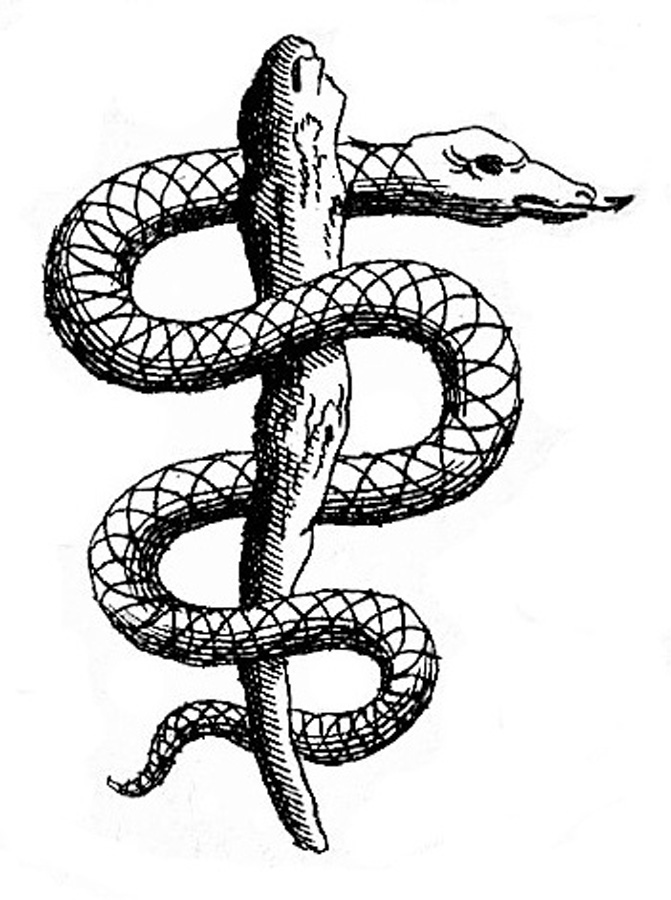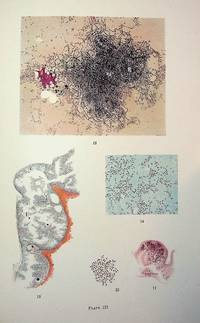first edition marbled paper covered boards
1755 · Regensburg
by Schaeffer, Jacob Christian
Regensburg: Emanuel Adam Weiss, 1755. First edition.
1755 FINE COLOR PLATES REVEAL COMPARATIVE ANATOMY OF FRESHWATER POLYPS AND MARINE CORALS.
16.5x21.5 hardcover, quarto, recent marbled paper covered boards, [6], 54 pp, 3 folding handcolored engraved plates. Very good in custom archival mylar cover with paper label. GERMAN LANGUAGE. Nissen, ZBI 3623.
JACOB CHRISTIAN SCHAFFER (1718 - 1790) was a German dean, professor, botanist, mycologist, entomologist, ornithologist and inventor. From 1736 to 1738 he studied theology at the University of Halle before becoming a teacher in Ratisbon. In 1760, the university of Wittenberg gave him the title of Doctor of Philosophy, and the University of Tübingen awarded him in 1763 the title of Doctor of Divinity. In 1741, he became the pastor and in 1779 the dean of the Protestant parish in Ratisbon. Schäffer organized a rich personal cabinet of curiosities, the Schaefferianum Museum, opened to the public and which Goethe (1749–1832) visited in 1786 at the time of the "voyage" which led him to Italy. Schäffer maintained a correspondence with many naturalists including Carl von Linné (1707–1778) and René Antoine Ferchault de Réaumur (1683–1757). In Feb 1764 he was elected a Fellow of the Royal Society. Natural history was not the only field which interested him. He conducted experiments on electricity, colors, and optics. He invented an early washing machine, for which he published designs in 1767. (Inventory #: 1753)
1755 FINE COLOR PLATES REVEAL COMPARATIVE ANATOMY OF FRESHWATER POLYPS AND MARINE CORALS.
16.5x21.5 hardcover, quarto, recent marbled paper covered boards, [6], 54 pp, 3 folding handcolored engraved plates. Very good in custom archival mylar cover with paper label. GERMAN LANGUAGE. Nissen, ZBI 3623.
JACOB CHRISTIAN SCHAFFER (1718 - 1790) was a German dean, professor, botanist, mycologist, entomologist, ornithologist and inventor. From 1736 to 1738 he studied theology at the University of Halle before becoming a teacher in Ratisbon. In 1760, the university of Wittenberg gave him the title of Doctor of Philosophy, and the University of Tübingen awarded him in 1763 the title of Doctor of Divinity. In 1741, he became the pastor and in 1779 the dean of the Protestant parish in Ratisbon. Schäffer organized a rich personal cabinet of curiosities, the Schaefferianum Museum, opened to the public and which Goethe (1749–1832) visited in 1786 at the time of the "voyage" which led him to Italy. Schäffer maintained a correspondence with many naturalists including Carl von Linné (1707–1778) and René Antoine Ferchault de Réaumur (1683–1757). In Feb 1764 he was elected a Fellow of the Royal Society. Natural history was not the only field which interested him. He conducted experiments on electricity, colors, and optics. He invented an early washing machine, for which he published designs in 1767. (Inventory #: 1753)









